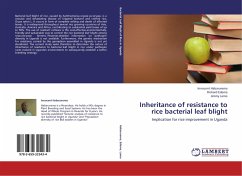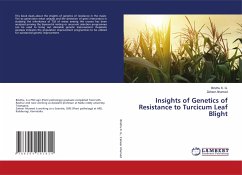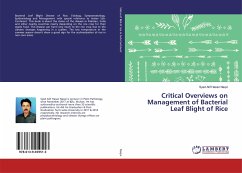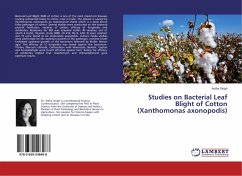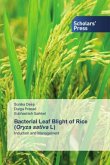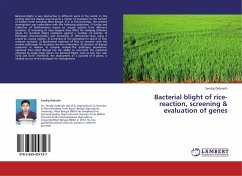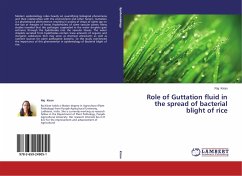Bacterial leaf blight of rice, caused by Xanthomonas oryzae pv.oryzae, is a vascular and devastating disease of irrigated lowland and rainfed rice, Oryza sativa L. It occurs in form of complete wilting and death of affected leaves. It is widespread throughout several rice growing countries of Asia, Australia, America and Africa, contributing to substantial yield losses of up to 50%. The use of resistant cultivars is the cost-effective,environmentally-friendly and sustainable way to control the rice bacterial leaf blight among resource-poor farmers. However,detailed information on pathogen diversity in Uganda is not available. Furthermore, the genetic mechanism for resistance carried by the germplasm assembled in Uganda is not yet elucidated. The current study seeks therefore to determine the nature of inheritance of resistance to bacterial leaf blight in rice under pathogen races evolved in Ugandan environments to subsequently establish a better breeding strategy.
Bitte wählen Sie Ihr Anliegen aus.
Rechnungen
Retourenschein anfordern
Bestellstatus
Storno

